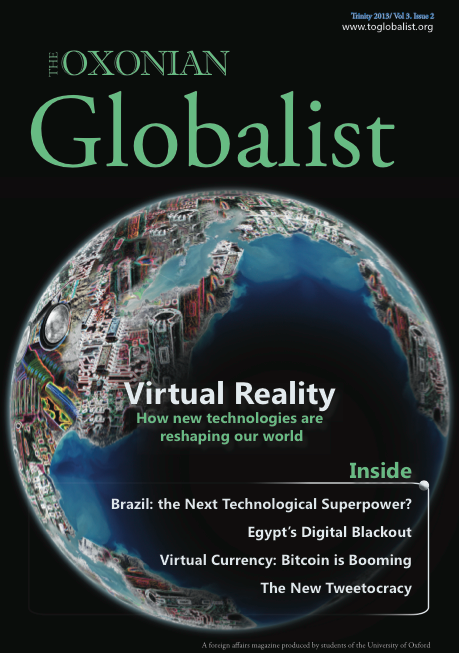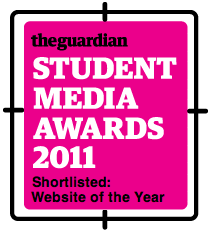The Yalu river divides two countries going in opposite directions. On the northern bank of the river is China; on the southern bank is one of the last two Stalinist countries in the world – the Democratic People’s Republic of Korea. As I looked out of the window of my hotel room on the 24th floor, contemplating the North Korean bank to the south, I wondered how many people had done the same and thought exactly as I did: “Whatever is life like over there?” It was only when I crossed the Yalu on the Sino-Korean Friendship Bridge that I realised the significance of where I was going.
As soon as our bus made it to the North Korean bank of the river, we were joined by two guides, who never left our sides until we once again passed through immigration at Pyongyang’s Sunan International Airport (little more than a small concrete hall) on our way back to China. The train we took from the border town of Sinuiju to Pyongyang is the only train that foreigners are allowed to travel on in the country. Forbidden from taking photographs on the train, I kept my eyes fixed to the window in an attempt to see the real North Korea – the one my guides did everything in their power to prevent me seeing. As I gazed out at barren, crop-less fields, Kim Il Sung, the Eternal President of the Republic, and his son Kim Jong Il, the Eternal Secretary of the Workers’ Party, stared down on me from their picture frames overhead in every carriage. I would have to get used to the omnipresence of the Kim family wherever we went. No matter who you are, you must always show just as much respect as any seemingly devoted North Korean.
For a westerner, the cult of personality and its accompanying propaganda is the most alien part of any visit to the country. Murals are not a common sight in Europe; when they are erected, they usually depict an old folk story or a piece of history. In North Korea, murals display unimaginative banality, with one or more of the Kim leaders engaging in an act of patriotic socialism – examining a collective farm, leading urban workers through an industrial landscape or even just standing in a garden. In rural areas the murals are especially striking. While the houses in these villages are invariably in collapse, the fields grey and barren and the people terrifyingly thin, the murals of Kim Il Sung are all perfectly maintained and are never less than spotless. This was so not only in villages full of loyalists. It was the case in every village that I saw as I travelled the 200 miles up and down the country.
It has been estimated that there are upwards of 35,000 statues of Kim Il Sung in public squares around the country: more than the number of McDonalds in the entire US. The imposing bronze statues of Kim Il Sung and Kim Jong Il on Mansu hill in Pyongyang are probably the most photographed examples of North Korean propaganda. Like all those who visit the statues, we had to lay flowers and bow at the feet of the Great Leader and his son, the Dear Leader. Sites like this across the country are viewed with the same reverence that Muslims have for the Kaaba, the most sacred site in Islam, and Jews for the western wall, in Jerusalem.
I was fortunate to visit “most important” statue of the Great Leader which is housed in the International Friendship Exhibition, an engineering feat even by post-60s, non-Soviet standards. From the outside, the exhibition looks like a large traditional Korean building on the mountainside. Once inside, you can see that the building is mostly underground, with floors and floors stuffed with gifts to the leaders from heads of state and global organisations, including a basketball from U.S. President Jimmy Carter and a stuffed crocodile from Robert Mugabe. Hidden somewhere in this colossal vault is a marble atrium, lavishly decorated with chandeliers and huge classical pillars, and dominated by a giant statue of a seated Kim Il Sung, which is reminiscent of the seated figures guarding the entrance to Egypt’s Valley of the Kings. Just off this atrium is a small gently-lit room with whitewashed walls on three sides, and on the fourth, a luscious garden scene. In front of this wall is the most revered statue of Kim Il Sung in North Korea, a life-size waxwork of the smiling President. Unlike at Madame Tussaud’s, however, we didn’t take photos with him: no cameras were allowed into the room. Instead we silently entered, walked up to the statue, bowed and as instructed, departed without turning our back on the world’s only deceased leader who still holds the position of head of state.
As I looked out of the coach window on our long journeys to and from these strange sights, I saw people squatting by the roadside, rummaging in the dirt off the motorway. It quickly dawned on me that the real reason they were there was hunger, scratching at the dead earth for a morsel to eat. When I asked my guides what they were doing, my guides denied that the people – just metres from us – even existed. “Who? I haven’t seen any people”, I was told with an angry glare. This kind of deceit was typical of my guides.
For the barrage of praise that they heaped upon the Kims, as they continually and earnestly attributed superhuman traits to their leaders, was the result of an unusually successful campaign of isolationist propaganda. Every household is legally required to hang and meticulously clean portraits of the leaders, every lapel is decorated with them and they silently watch every classroom in every school in the country. Twenty million people living under the gaze of two dead men.




